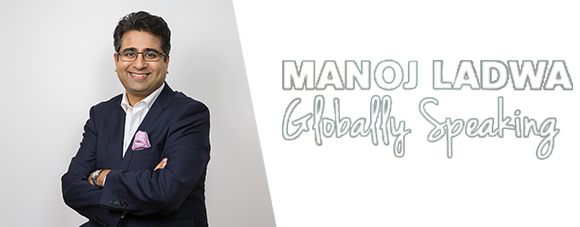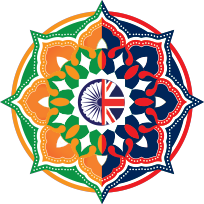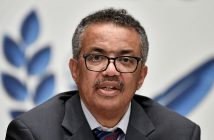by Manoj Ladwa
President Barack Obama has called India-US relations “one of the defining partnerships of the 21st century”. Last year, he told an Indian publication: “Forging deeper ties between our two nations has been a key part of my foreign policy since I took over office.”
Former Prime Minister Atal Bihari Vajpayee had, in 2000, presciently called the two countries “natural allies”. And displaying strong bipartisan support for closer Indo-US ties, former Prime Minister Manmohan Singh also worked actively to broaden and deepen the engagement between the two countries – despite often ambivalent levels of support from his party.
But for many years, the warm rhetoric was not matched by action on the ground.
Under Prime Minister Narendra Modi, that is changing. Over the last week, three top US officials – Secretary of State John Kerry, Secretary of Defence Ashton Carter and Secretary of Commerce Penny Pritzker – in meetings with their Indian counterparts Sushma Swaraj, Manohar Parrikar and Nirmala Sitharaman announced a series of paradigm changing measures that promise to take India’s economic and strategic ties with the US into a whole new orbit and also redefine India’s strategic engagement within Asia.![]()
The Lemoa Pact, which allows each country’s armed forces to get logistics support for its military from the other, the agreement to increase bilateral Indo-US trade to $500 billion in the near future from $105 billion at present and the unequivocal joint statement issued by Kerry and Swaraj clearly calling on Pakistan to bring the perpetrators of 26/11 and the Pathankot terror attack to justice all point – if any further pointers were needed – to the fact that the US “pivot to Asia” is working to India’s advantage.
The question in many minds, however, was on whether India was willing to shoulder the responsibilities that came with its size and location. British India had been the central axis of Britain’s fabled eastern empire. Its unique location, at the centre of the arc from the Malacca Straits to the Middle East gave it a unique strategic advantage that the rulers of the Raj recognised and leveraged. Independent India frittered away this strategic advantage on misplaced ideological grounds, but there are indications that a reinvigorated India under Prime Minister Modi may be keen on reclaiming this legacy.
The well attended Indian Ocean Conference organised by the rising India Foundation in Singapore this week illustrated amply the growing confidence of India in presenting itself as a leader willing to give strategic direction to the region. India is also asserting itself as a regional economic powerhouse for both inbound and outbound investment opportunities. Perhaps just the role that the US and Japan equally will be most comfortable with as a counter to China’s aggressive expansionist desires in the region.
Manoj Ladwa is the founder of India Inc. and chief executive of MLS Chase Group@manojladwa







